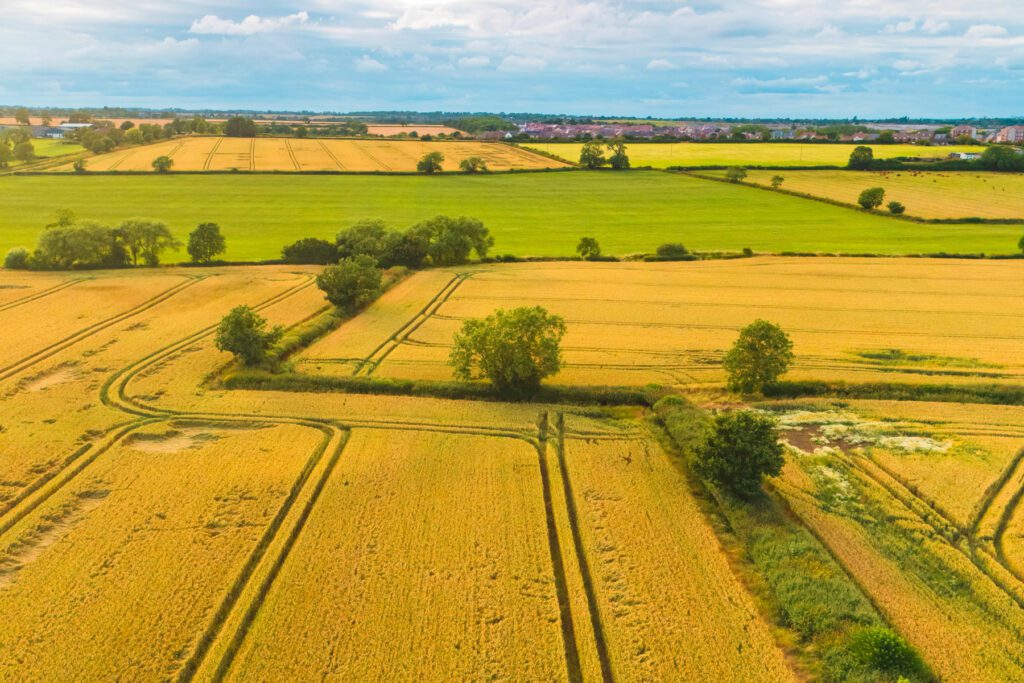Author
Notwithstanding the growth of the Green Finance sector, the availability of debt funding for nature-based projects remains a challenge and a significant hindering factor to the acceleration targeted for the proliferation of such schemes. This article explores the barriers to funding and outlook for change.
Funding
With the growing recognition and legislative support for the need to restore, protect and enhance biodiversity and natural resources, the key question as projects with such aims scale up is how they will be funded and the inevitable need for private investment to dovetail with hard pressed public resources.
As it stands, the funding for naturebased projects is largely government grants and subsidies.
There is also a limited pool of philanthropic, impact and private investment funds providing a mix of debt and equity investment for such schemes.
Debt finance
For project developers, debt finance is attractive due to the advantage of providing access to potentially substantial capital without the need to give up ownership of the project. However, the mainstream debt market has yet to get to grips with this new asset class and credit risks presented by it.
The key issues for bankability are:
- Formative nature of the market. The market makes understanding the projects, the likely returns and predicting the impact challenging, particularly given the absence of universal metrics that inform funding to more traditional asset classes.
- Volatile regulatory and political landscape. Government policy and incentives are constantly evolving and are vulnerable to shifts in both public opinion and priorities.
- Investment costs. Initial investment costs are often very high. Often projects require decades of support for sufficiently attractive financial returns. For example, landscape recovery schemes, rewilding schemes and biodiversity focused projects all have typically long recovery periods.
- Prominence of projects. Projects can often be high profile and this carries high stakes for investors in terms of reputational risk if, for any reason, they do not achieve the stated environmental impact.
None of these issues will be remedied in the immediate future. It will require time and the development of the nature-based credits market and more innovative financial instrument structures to address them.
Blended finance
Pending the changes needed to enable confidence in debt finance, a blended finance approach looks likely to play a pivotal role in providing the funding platform for such projects, where public and private money is combined. The public element being used to de-risk the investments and attract the required additional private debt funding.
While funding natural capital projects with debts remains challenging, there is no doubting the significant potential of this market in terms of both funding need and the evolving supportive regulatory frameworks.
For the early entrants in the market, there may be a significant march to be stolen in terms of understanding the asset class and forging key partnerships.
Print article

